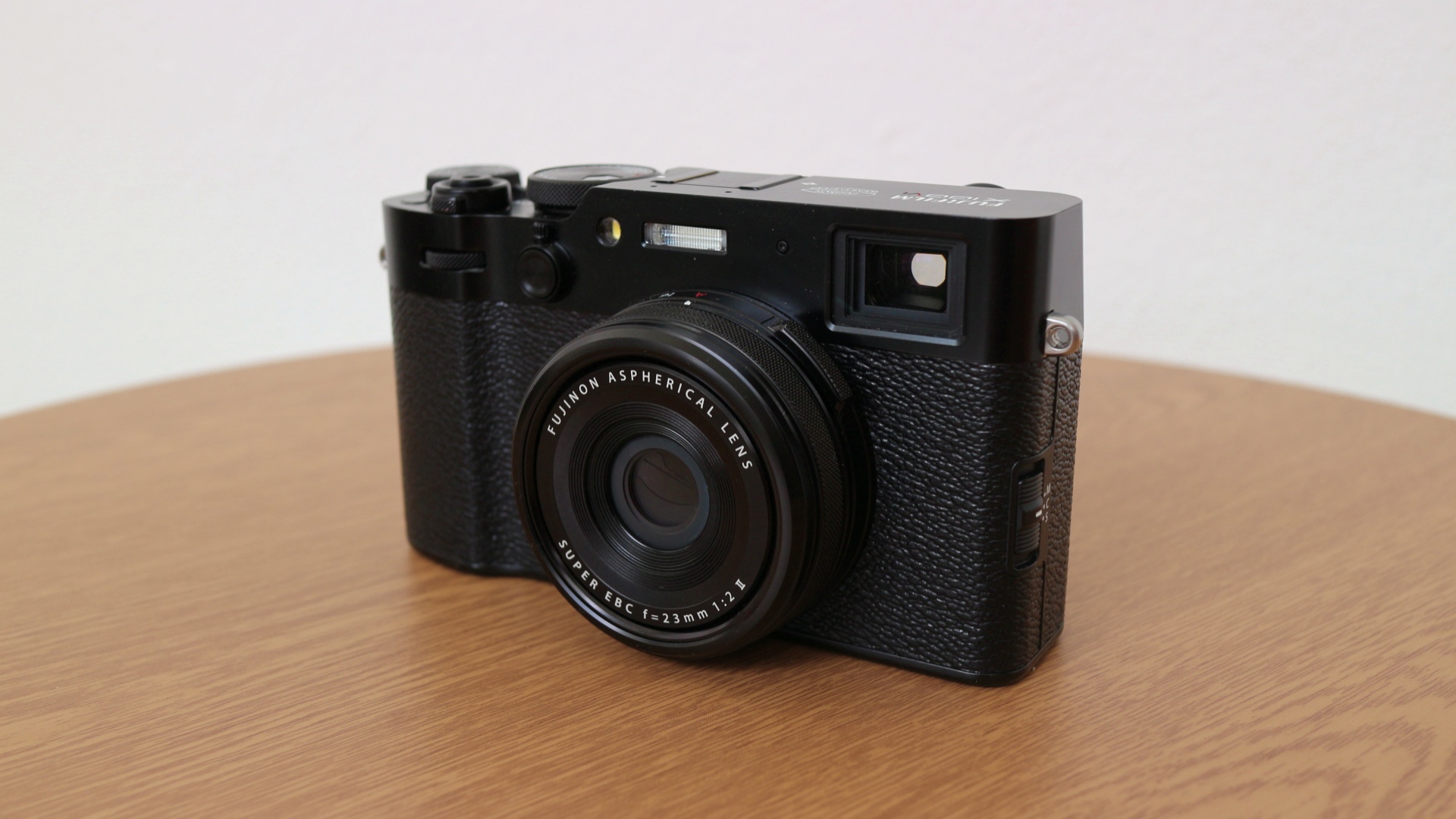I need to admit something. I can get quite stubborn and crotchety when someone else tells me something, particularly technology, is good.
This is especially so when a product is trending on social media. Much of this is down to the fact that I very rarely trust what I see represented on social media thanks to influencers, but it’s also part of my job to review tech myself and form my own opinion.
That’s why when the chance to review the new Fujifilm X100VI came up, I jumped at the opportunity.
One because I never got the chance to review the wildly popular on social media predecessor, namely as its viral status led to shortages in stock.
And two, I wanted to see whether all the influencers were actually right.
So what follows is my experience of the Fujifilm X100VI as a non-influencer type who dabbles in photography and is always likes to check out the latest and greatest in consumer electronics.
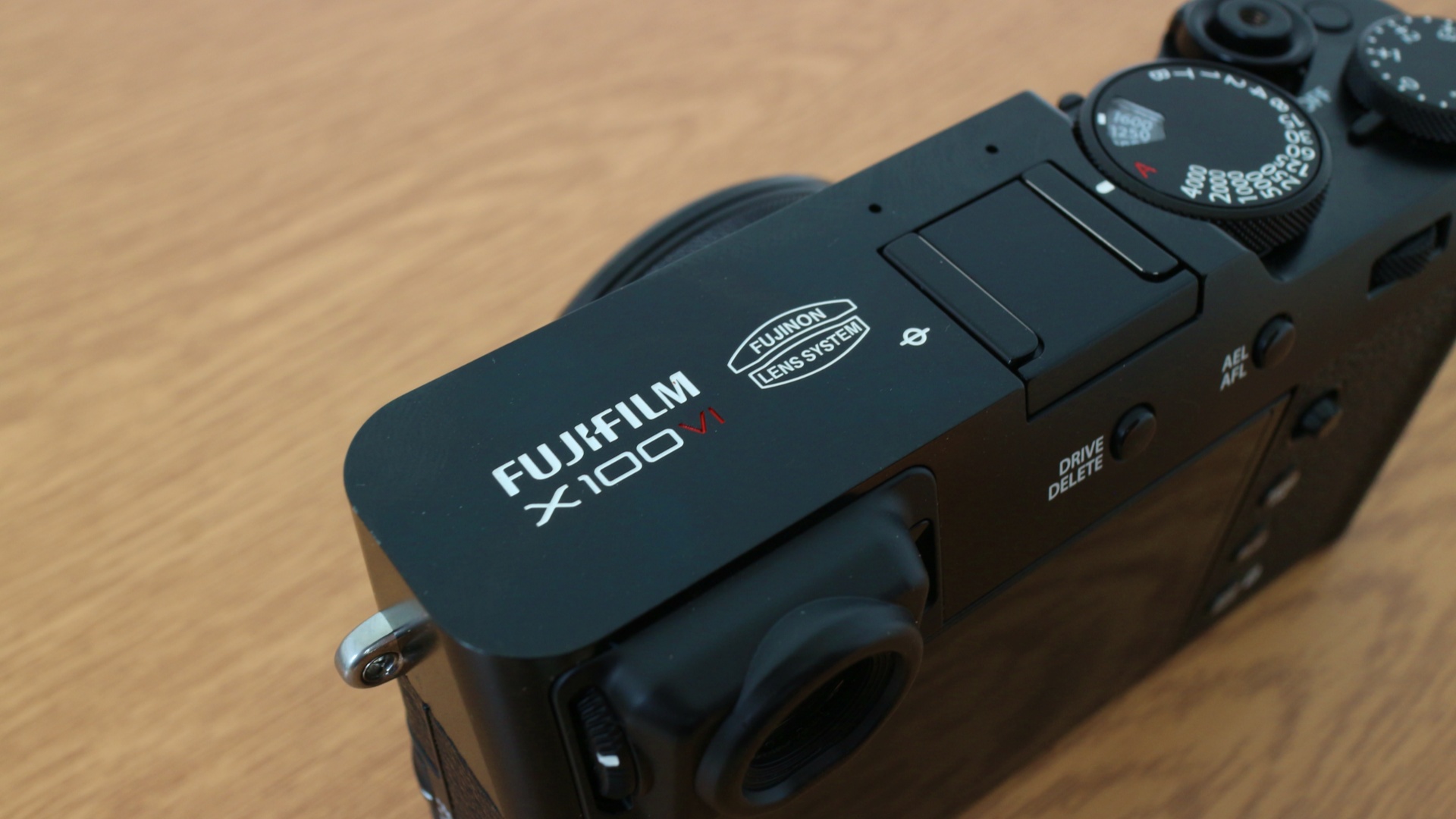
Looks the business
First I simply cannot get enough of the design of the X100VI. I’ve long been a fan of the slightly retro-styled look of Fujifilm’s X series cameras, and my love of the looks on this latest model is no different.
I had the slightly stealthier all-black version in for review and it already felt like it had a patina to it without me having snapped a single picture yet.
It has a good blockiness and heft to it, despite only weighing ~521g, which makes it feel like a rugged piece of equipment that you can use for the next decade. It should feel that way for good reason too, as this camera retails for a recommended R34 000 (although I have seen it available for pre-order for slightly less from local retailers).
That’s not cheap at all, which means if you are looking at picking this up, you’re probably moving out of amateur status into the hobbyist/enthusiast realm. In fact, I can see many professionals opting for this as their daily driver thanks to its versatility and relatively small form factor, but more on the former a little later.

Back to the design and while I am quite smitten with the X100VI, the size and button layout can prove tricky at times. I’m not afraid to say that I have pork sausages for fingers, so the on/off button that also doubles as the shutter can inadvertently be pressed at times. I also don’t feel like I can cradle the X100VI in both hands as comfortably as other X series mirrorless cameras when trying to compose a shot.
The hybrid viewfinder (displaying content either in or out of frame), while impressive, is also a little oddly placed for our liking.
As such, all the sleekness of the design may come at the cost of comfort for some.
The ring around the main lens is well placed for those who want to cycle between different shooting modes, and in terms of customisation Fujifilm has served up a wealth of different tones, styles, visuals, and effects to choose from.
This means you can dive really deeply to get the shots that you want, but could also prove a little overwhelming for those who want a more classic point and shoot experience. Thankfully the V100VI caters nicely to this too and if you want to toggle all settings to automatic and not think about things too much, great images are still very easily achievable.
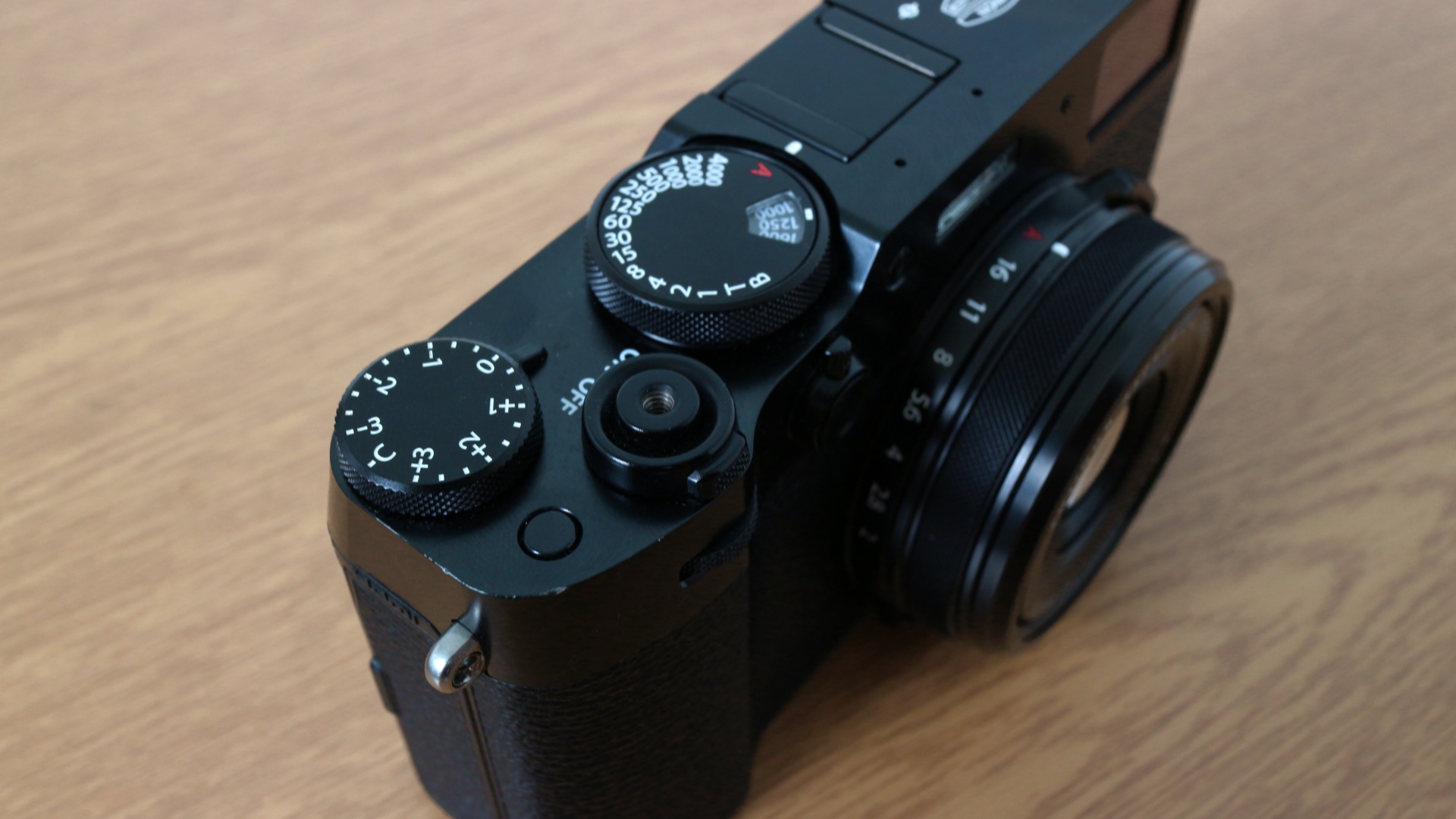
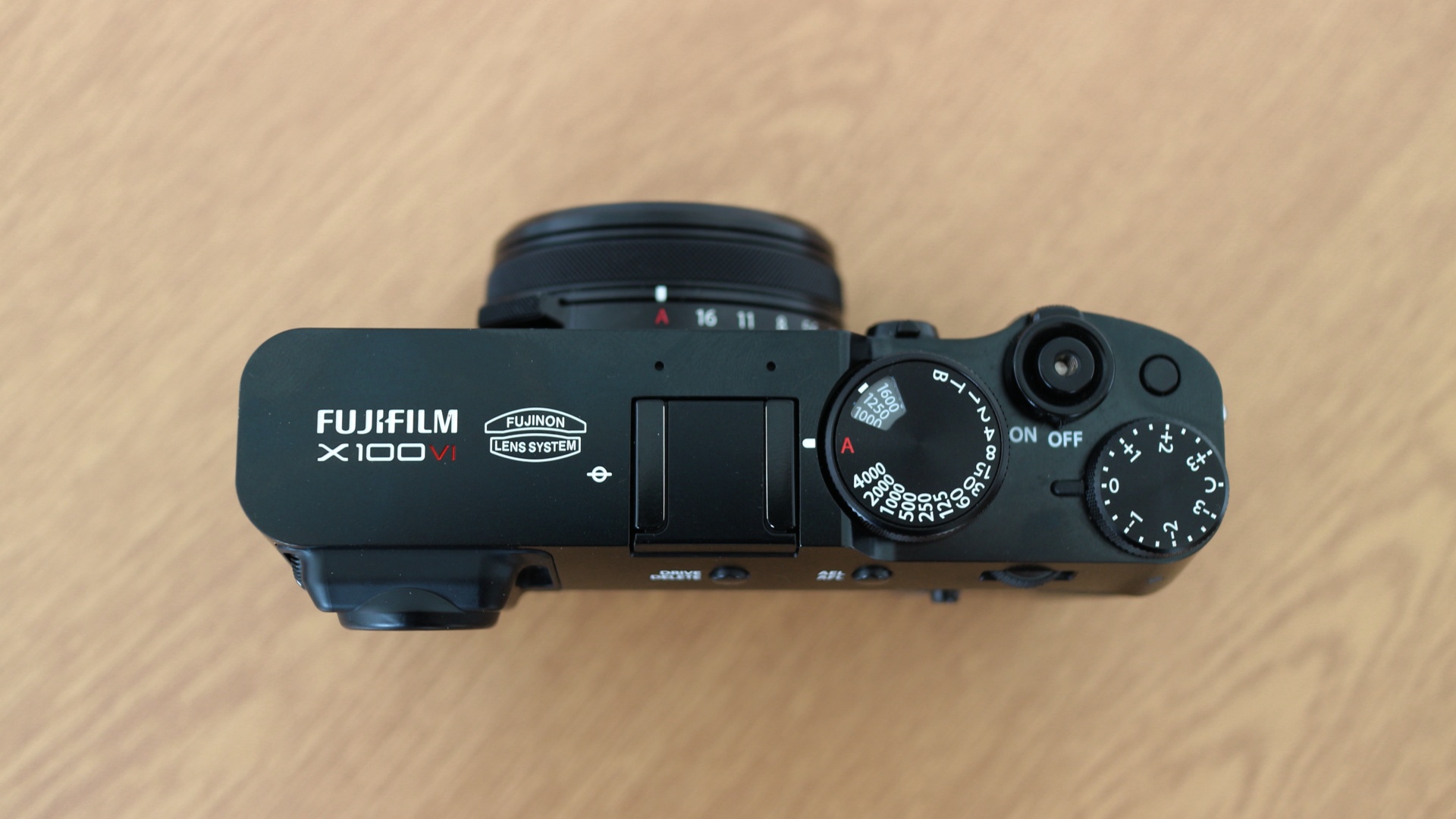

Just point and shoot
So how does it perform?
In a word – expertly.
The 40.2MP X-Trans CMOS 5 HR image sensor is great, although there has been some conjecture about the fact that it is APS-C in nature. Quite frankly, it’s not an issue for me, and does not feel like Fujifilm has delivered an underspecced or underpowered device.
The 35mm (23mm F2 lens) focal length is solid, and the ability to switch between 70mm and 50mm offers a decent enough range.
In terms of a key improvement compared to its predecessor, the Fujifilm X100VI features a new in-body image stabilisation (IBIS) system that the Japanese camera maker says keeps images sharp and videos stable. I cannot attest to how much of an enhancement this is to the previous iteration as I did not review it, but the IBIS system here reminds me of something comparable to the flagship Fujifilm DSLR-killing X mirrorless cameras I’ve tried out in the past.
One of the other elements that has been changed for the X100VI is the 3″ tilting LCD touchscreen on the rear. It can now tilt 45 degrees which helps to address the double-handed cradling I mentioned earlier.
Where the X100VI also wins major points are the 20 Film Simulation modes on offer, all of which are actually based on film that Fujifilm itself has/had created. It means you can get beautifully nuanced images if you take the time to play around with what the company has made available on this camera.
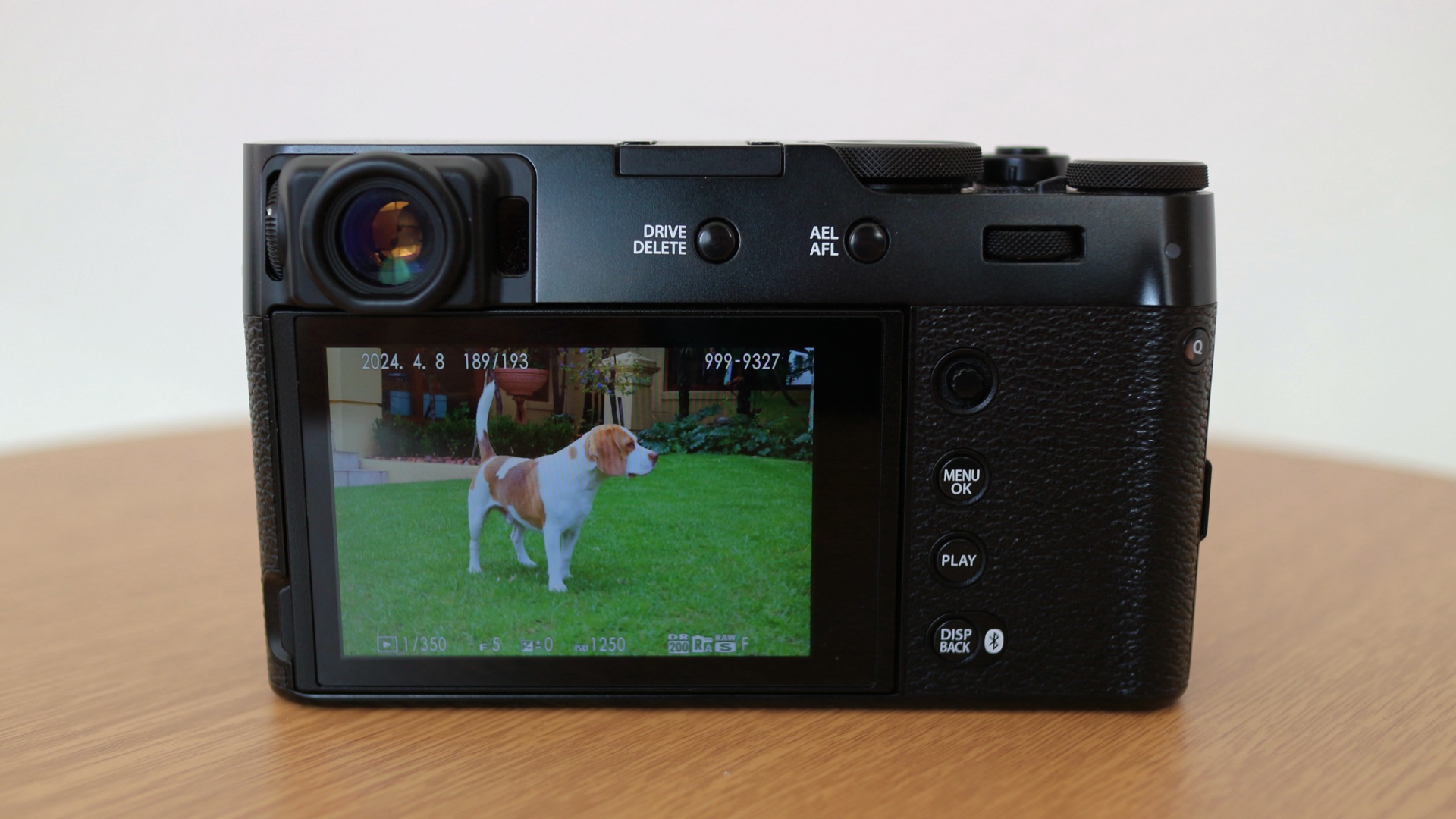
It is these modes that might just be the special ingredient that sets the X100VI apart from everything else on the market. They make a novice photographer feel like a pro at times, and will probably make pros want to experiment more with what they can produce.
In terms of simply making you want to take more pictures, the Fujifilm X100VI achieves this feat effortlessly, making it easy to see what its predecessor, and probably this model too, are so popular.









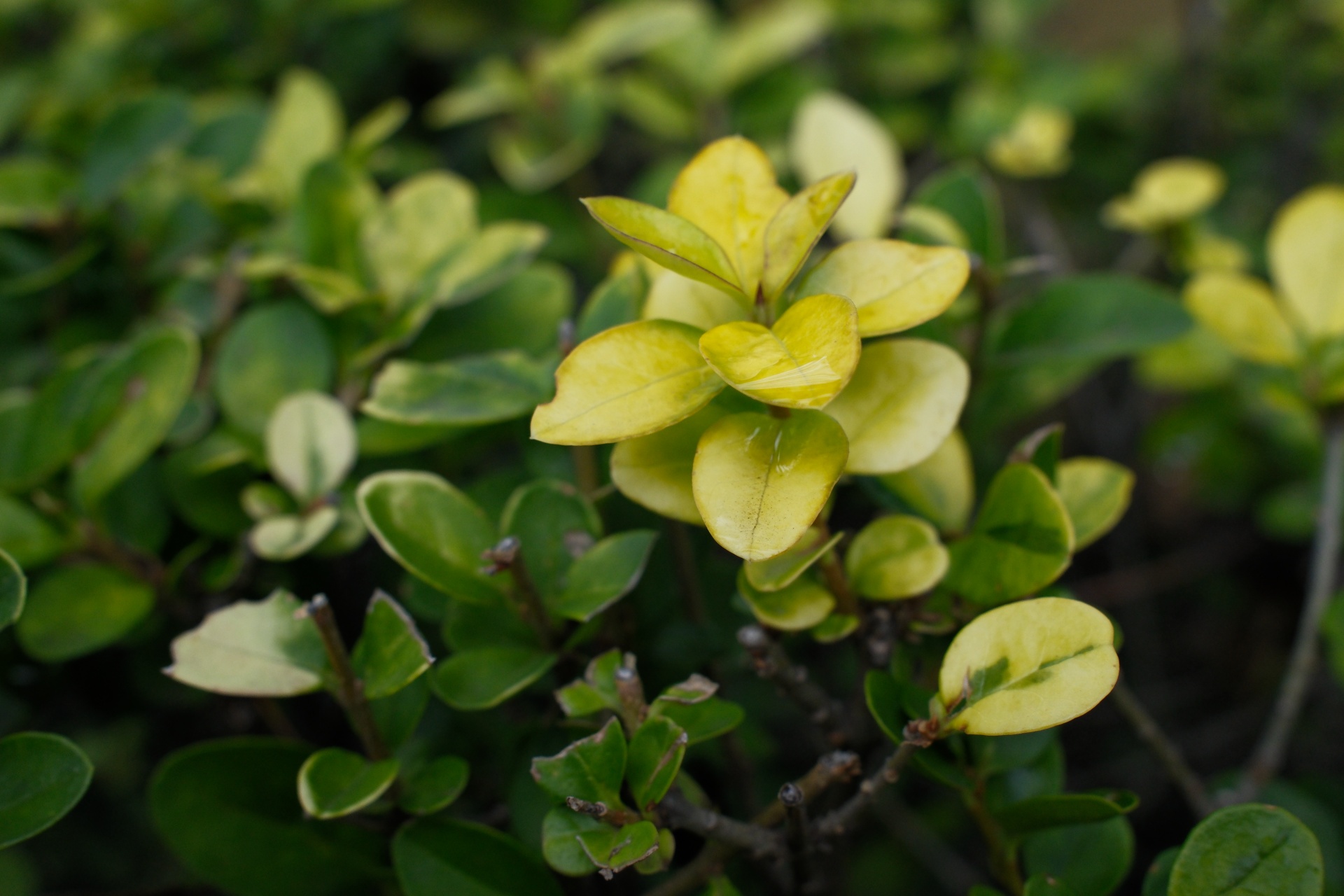

Final verdict
Much to my chagrin, the influencers are right.
The Fujifilm X100VI is a great all-around camera that will appeal to a wide array of photography enthusiasts. Like its predecessor it will likely become the internet’s favourite new camera, and it has quickly become mine.
Whether you’ll be able to still pick one up, however, when that popularity rises remains to be seen.
My only issue is the recommended retail price, which at ~R34 000 will likely scare some people off despite social media pushing them to buy one.
If you do happen to find one in stock, and are wanting to upgrade or simply add a new daily driver to the arsenal, the Fujifilm X100VI comes highly recommended as a device you’ll be using and enjoying for the next few years easily.
FINAL SCORE: 9 OUT OF 10.

